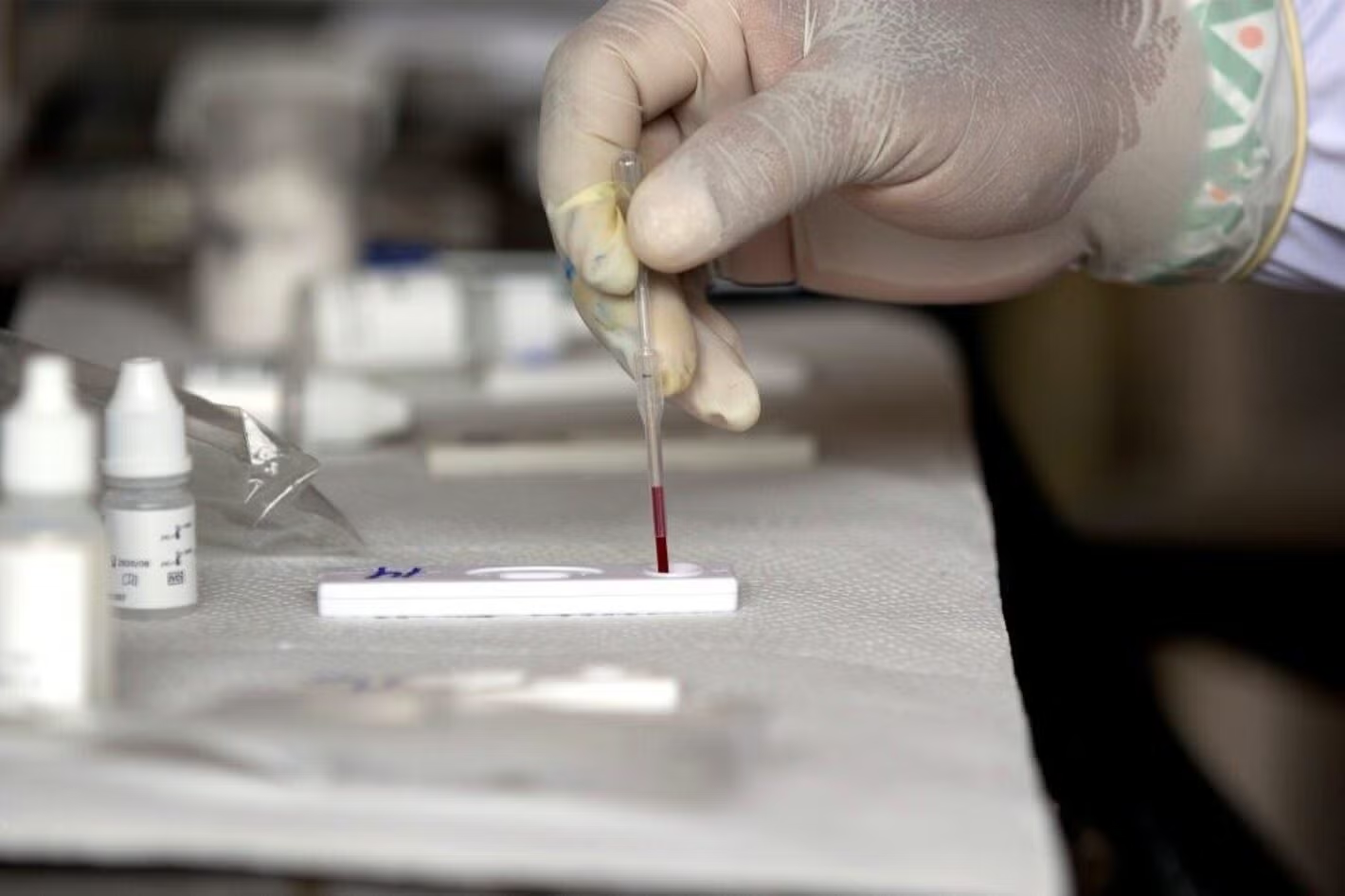
On 15 April 2022, the World Health Organization (WHO) published an alert on severe acute hepatitis cases of unknown origin in children in the United Kingdom. Since then, there have been continuing additional reports of cases.
We spoke with Dr. Leandro Soares Sereno, Advisor for Viral Hepatitis Prevention and Control at the Pan American Health Organization (PAHO), about hepatitis, and the severe acute cases reported in a number of countries.
1. What is acute hepatitis?
Hepatitis is an inflammation of the liver. There are different aetiologies – or causes – that can lead to this inflammation, such as an infection or intoxication by drugs or substances. The most frequently implicated infectious agents are the viruses responsible for hepatitis A, B, C, D and E.
When inflammation occurs rapidly and abruptly, we speak of acute hepatitis. In some cases, as in hepatitis B, C and D, the infection may become chronic. In this situation, we are not yet sure of the cause.
2. Why is the outbreak of hepatitis in children considered unusual? Is it due to the adenovirus?
This is an event under further investigation by WHO. So far, laboratory tests exclude cases of known viral hepatitis. In many cases, adenovirus infection was detected in the affected children, and the link between the two is being investigated as one of the hypotheses for the underlying cause.
Adenovirus is a common virus that can cause respiratory symptoms or vomiting and diarrhea. In general, the infection with such viruses is of limited duration and does not evolve into more serious conditions. There have been rare cases, however, of severe adenovirus infections that have caused hepatitis in immunocompromised- or transplant patients, for example. However, these children don’t match that description – they were previously healthy.
3. How many countries have reported confirmed or suspected cases of hepatitis in children that are not linked to hepatitis viruses A, B, C, D or E?
We cannot speak of confirmed cases at this point because the specific cause is still unknown and under investigation. The reported cases refer to children with severe acute hepatitis where hepatitis A, B, C, D or E were not identified.
Using this definition, as May 3, 2022, over 200 cases have been reported from 20 countries. The vast majority of cases are in the United Kingdom, which was the first country to report cases to WHO.
In the Americas, cases have been reported in the United States, and countries in the region are advised to monitor the situation. For now, PAHO/WHO is providing information to countries about criteria and definitions to assist in monitoring.
4. What is PAHO's assessment of the situation?
There is still little data to define whether there is an outbreak, and for now the global risk is considered low. As there is still no certainty about the origin of the disease, it is possible that we are becoming aware of a situation that existed before but went unnoticed because there were so few cases.
5. Could the outbreak be linked to COVID-19 or COVID-19 vaccines?
Based on current information, most of the reported children did not receive the COVID-19 vaccine, ruling out a link between cases and vaccination at this time.
In a few cases, the presence of the SARS-CoV-2 virus was detected, and this is one of the lines of investigation along with others such as the adenovirus.
6. What are the symptoms? Is it treatable?
Acute hepatitis has different symptoms: gastrointestinal, such as diarrhea or vomiting, fever and muscle pain, but the most characteristic is jaundice – where the skin and the whites of the eyes turn yellow.
The current treatment seeks to alleviate symptoms, and to manage and stabilize the patient if the case is severe. Treatment recommendations can be refined once the origin of infection is determined.
7. What can parents do to protect children?
The most important is to pay attention to symptoms, such as diarrhea or vomiting, and to the color: if there are signs of jaundice – where the skin and whites of the eyes turn yellow – medical attention should be sought immediately.
We recommend basic hygiene measures such as washing hands and covering your mouth when coughing or sneezing to prevent infections, which can also guard against the transmission of adenoviruses.
8. What measures does PAHO recommend to prevent the spread of the disease?
At this time, the recommendation to countries is to stay informed and to monitor for cases. The origin of cases remains under study, and PAHO/WHO will continue to provide technical support to countries in the region in generating and disseminating information during the course of the investigation.



